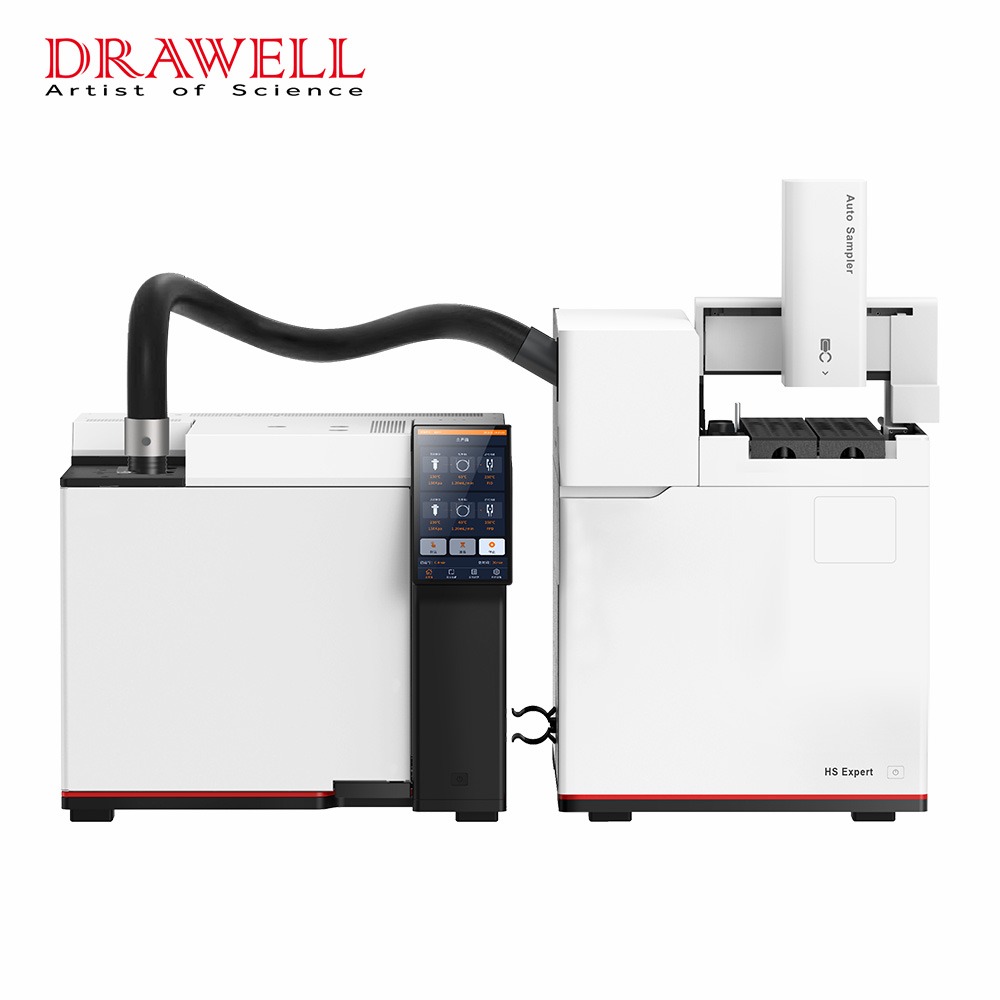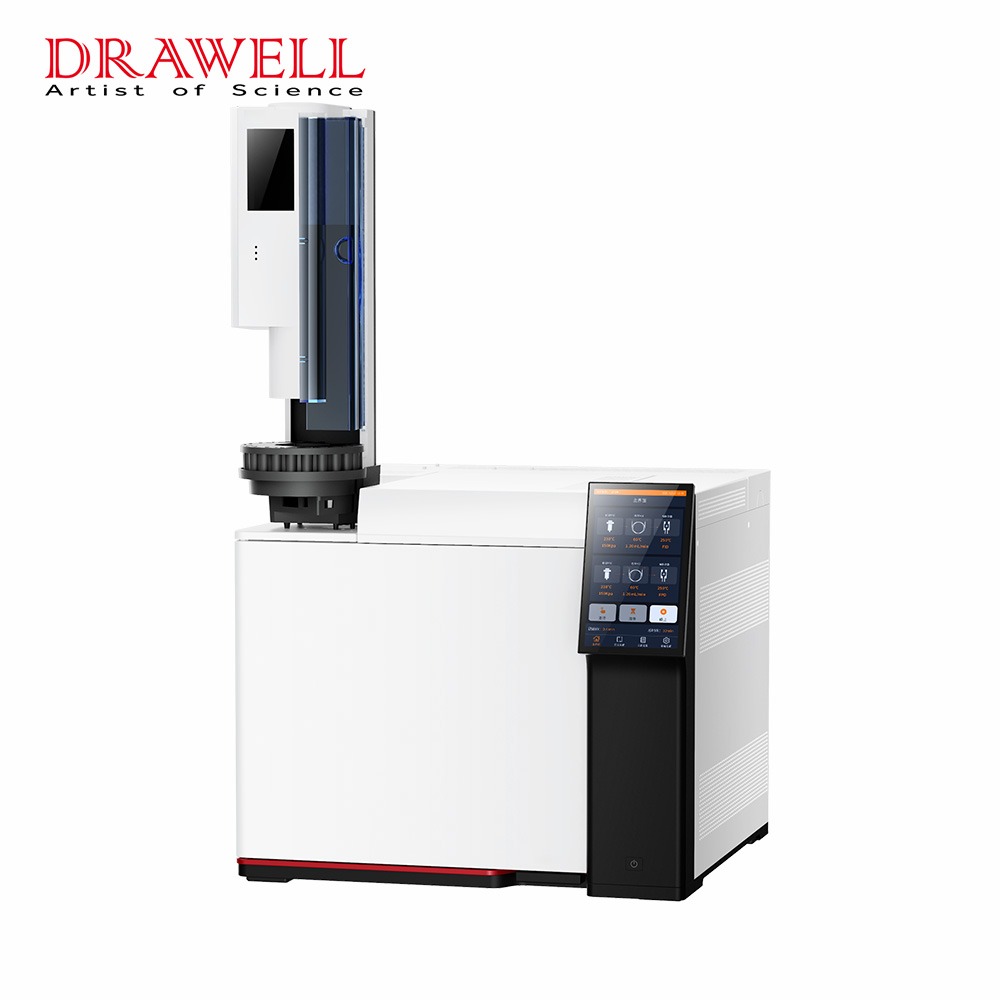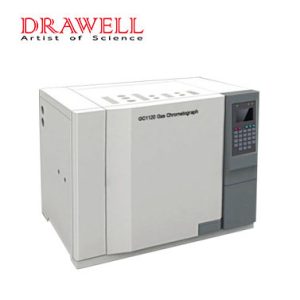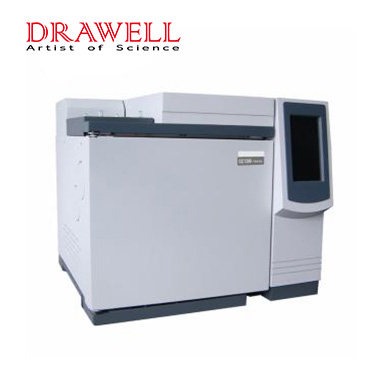Gas chromatography (GC) is a widely employed analytical technique that is essential in various fields, including chemistry, environmental science, pharmaceuticals, and food analysis. One of the critical factors that influence the separation and detection of compounds in gas chromatography is temperature. Temperature programming, a technique that involves varying the temperature during the chromatographic run, is often used to enhance separation and improve the overall performance of GC. In this article, we will explore why temperature programming is employed in gas chromatography and how it impacts the analysis of complex mixtures.
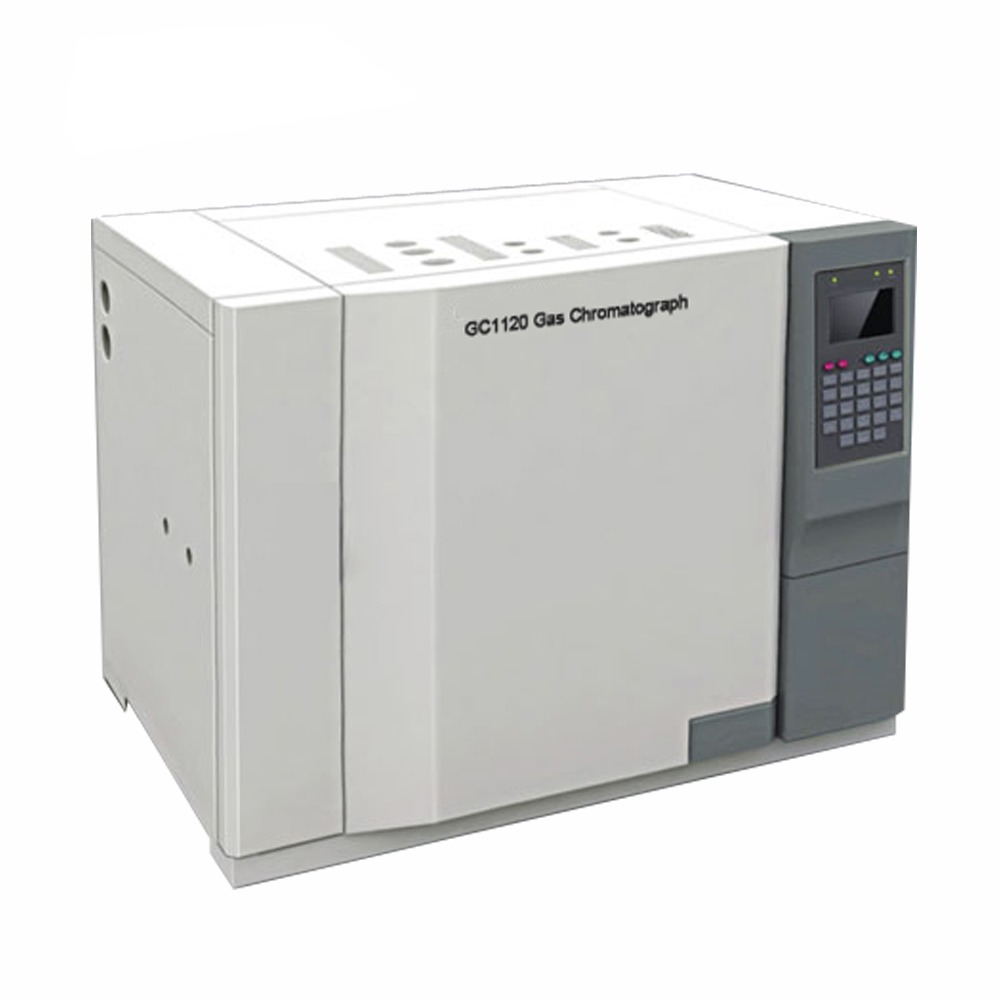
The Basics of Gas Chromatography
Gas chromatography is a separation technique that involves the use of a stationary phase (typically a column packed with a solid or a liquid) and a mobile phase (a carrier gas) to separate and analyze the components of a sample. As the sample is injected into the column, the compounds are partitioned between the stationary phase and the carrier gas. The rate of migration through the column is determined by several factors, including the boiling point, polarity, and size of the analytes.
The Role of Temperature in Gas Chromatography
Temperature plays a vital role in gas chromatography because it influences the vaporization of the sample, the partitioning of analytes between the stationary and mobile phases, and the interactions between the sample molecules and the stationary phase. By controlling the temperature, chromatographers can fine-tune the separation process, thereby achieving improved resolution and selectivity.
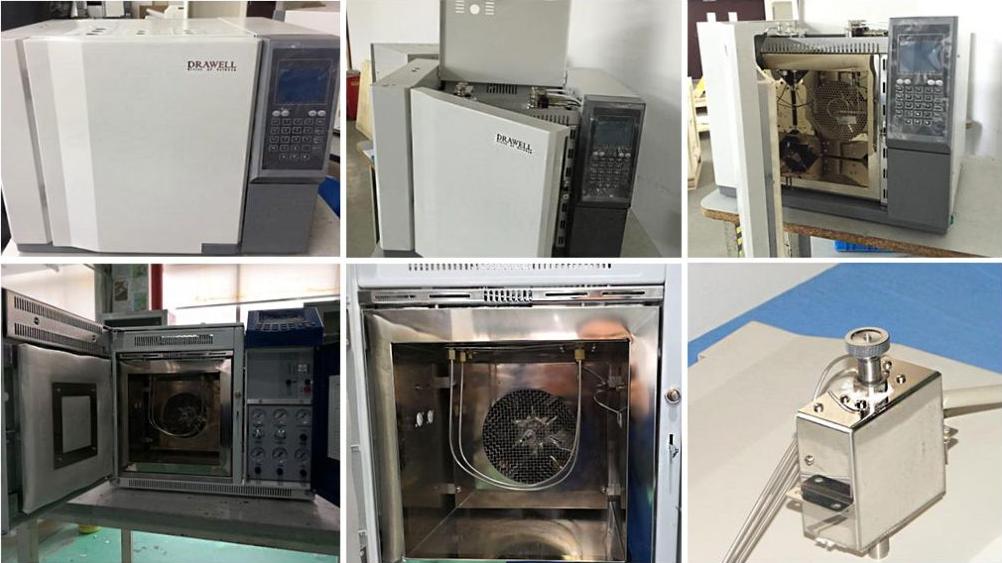
Advantages of Using Temperature Programming in Gas Chromatography
- Enhanced Resolution
One of the primary reasons for employing temperature programming in gas chromatography is to achieve enhanced resolution. Temperature affects the vapor pressure of analytes, and by varying the temperature throughout the analysis, chromatographers can optimize the elution times of compounds. This results in better separation and the ability to distinguish closely eluting peaks. By gradually increasing the temperature, higher-boiling compounds can be eluted after lower-boiling ones, thus improving resolution.
- Improved Selectivity
In addition to resolution, temperature programming can enhance selectivity. The selectivity of a chromatographic separation refers to the ability to differentiate between analytes with similar chemical properties. By adjusting the temperature, it is possible to change the interactions between analytes and the stationary phase, making it easier to separate compounds with similar chemical structures.
- Analysis of Complex Mixtures
Temperature programming is especially useful when dealing with complex mixtures. In real-world samples, various compounds with differing boiling points and polarities may be present. By using a temperature program, it becomes possible to separate and analyze a wide range of compounds in a single chromatographic run, making the technique highly efficient and versatile.
- Faster Analysis
Temperature programming can also lead to faster analyses. By optimizing the temperature ramp, chromatographers can shorten the time required to separate and quantify analytes. This is particularly advantageous when rapid results are necessary, such as in quality control or process monitoring applications.
- Temperature Programming Techniques
Temperature programming in gas chromatography can be achieved using different techniques, such as temperature ramps and stepwise programming. These methods provide flexibility in tailoring the temperature profile to suit the specific needs of an analysis.
- Temperature Ramps
In temperature ramping, the column temperature is continuously increased or decreased at a predetermined rate throughout the chromatographic run. A slow ramp rate can be used to separate closely eluting peaks, while a fast ramp rate is beneficial for a quick analysis of volatile compounds.
- Stepwise Temperature Programming
Stepwise temperature programming involves multiple discrete temperature changes during the analysis. This method allows for precise control over the elution order of analytes and can be particularly useful when a mixture contains compounds with vastly different boiling points.
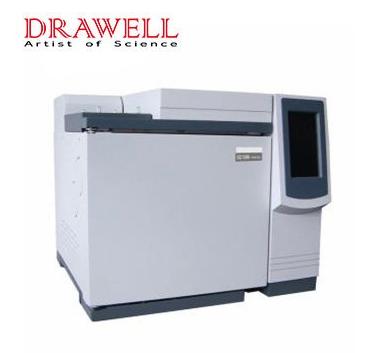
Conclusion
Temperature programming is a crucial aspect of gas chromatography, providing improved resolution, selectivity, and the ability to analyze complex mixtures efficiently. By manipulating the column temperature during the chromatographic run, chromatographers can optimize the separation of compounds and achieve superior analytical results. This technique is particularly valuable in various fields, including environmental analysis, pharmaceuticals, and food science, where precise and robust analytical methods are essential. Temperature programming is a powerful tool that enhances the capabilities of gas chromatography and continues to be a key component in advancing analytical chemistry.

